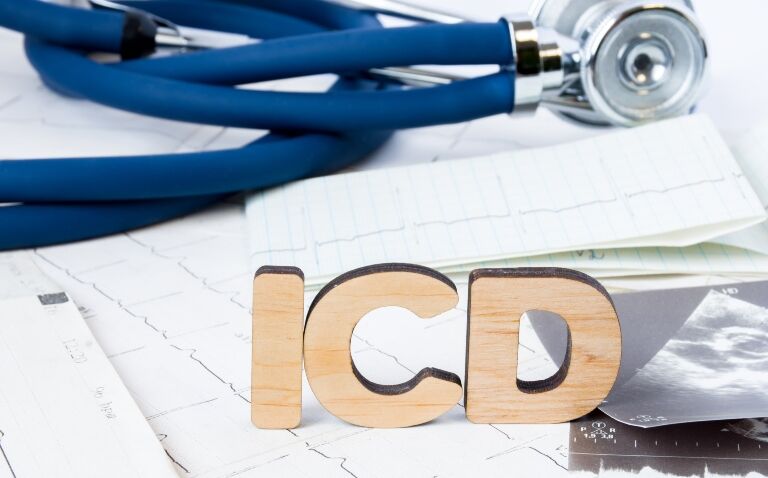Percutaneous coronary intervention (PCI) combined with implantable defibrillators and optimal medical therapy (OMT) may benefit high-risk heart failure patients with low left ventricular ejection fractions, according to a recent study.
Patients with ischaemic left ventricular dysfunction normally undergo either coronary artery bypass graft or PCI before the insertion of implantable defibrillators. This is based on the assumption that PCI lowers the incidence of potentially fatal ventricular arrhythmias, avoiding the need to insert such defibrillators.
However, a randomised trial by researchers at King’s College London and funded by the British Heart Foundation (BHF) has revealed that PCI does not reliably improve the heart’s ability to pump or reduce the risk of these life-threatening ventricular arrhythmias. As a result, the team has suggested high-risk patients should no longer have to wait the standard 90 days following PCI before assessing the need for insertion of an implantable defibrillator.
Implantable defibrillators combined with PCI
Patients with heart failure and a low ejection fraction benefit from a cocktail of drug therapy which includes ACE inhibitors, beta-blockers and amiodarone. Consequently, the study protocol dictated that all patients should receive OMT as part of the standard treatment.
Some 700 patients with ischaemic left ventricular systolic dysfunction were randomised to receive either PCI with OMT or OMT alone. Although the use of an implantable defibrillator was considered to be an integral component of OMT for all patients, the decision to implant such a device was at the discretion of heart teams at recruiting centres.
The researchers set a composite primary outcome of all-cause death or aborted sudden death, which was defined as an appropriate implantable defibrillator therapy or a resuscitated cardiac arrest, at a minimum of 24 months.
The median left ventricular ejection fraction was low at 28%, and 53.1% of patients had an implantable defibrillator inserted before randomisation or during the study follow-up.
All-cause death or aborted sudden death occurred in a similar proportion of patients in each group (hazard ratio, HR = 1.03, 95% CI 0.82 – 1.30, p = 0.80). There was also no between-group difference in the occurrence of any of the secondary outcomes.
Commenting on these findings, one of the research team, Dr Holly Morgan, BHF clinical research fellow at the King’s College London BHF Centre of Research Excellence, said: ‘Our findings have revealed that many patients with a high-risk of heart failure could benefit from receiving an ICD [implantable cardioverter defibrillator device] straight away, rather than facing a 90-day wait.‘
She continued: ‘We hope our findings will influence existing guidance, so patients can be spared unnecessary waits to receive a potentially lifesaving defibrillator.‘
Dr Sonya Babu-Narayan, associate medical director at the BHF, added: ‘The results from this large UK-wide trial could lead to re-evaluation of how best to treat people living with severe heart failure due to coronary heart disease. The findings suggest that the current “wait and see“ approach to find out whether a patients’ heart function improves with medication and stents isn’t always best, and that an unnecessary wait could even be the difference between life and death.‘










